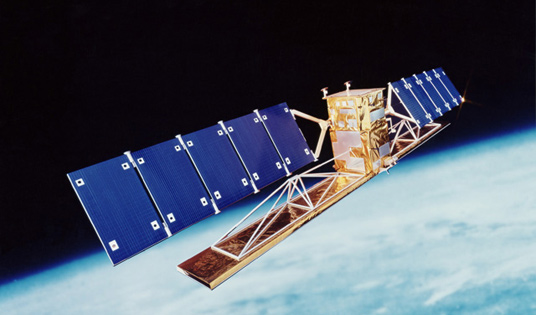
Canada’s first Earth Observation satellite, RADARSAT-1, which was launched back in 1995, has experienced a technical anomaly, resulting in malfunctioning and being unable to provide its regular duty of surveillance.
According to the Canadian Space Agency, RADARSAT-1 experienced a problem on March 29, 2013, after which it entered into ‘safe mode’. This state aims at conserving the satellite’s energy while scientists try to figure out what went wrong and whether it can be fixed.
RADARSAT-1 had a lifetime of 12 years that ended in 2007. However, the satellite was up and running until the last month. Officials at the Canadian Space Agency are trying to investigate the matter but there is little hope of making the satellite functional again. Moreover, they will try to fix the problem (if it can be done) by staying here on the Earth and nobody is expected to go in the space to fix it.
The inactiveness of RADARSAT-1 should not be considered as a compromise on the country’s security as another satellite RADARSAT-2 is already out there in the space performing the job effectively. According to the Canadian Space Agency:
“This situation does not impact the security of Canadian borders, coasts and northern territories as RADARSAT-2 continues to provide critical, high-quality data. Government and commercial users of RADARSAT-1 have been advised that no new orders for imagery are being accepted, but that requests for archival images will continue to be processed.”
The main function of RADARSAT-1 is to monitor environmental changes and the planet’s natural resources. This satellite has a power synthetic aperture radar instrument to acquire images of Earth at any time of the day and during all any weather condition. The satellite was initially expected to function for five years, but it has surprised many by functioning efficiently for more than 15 years.
Meanwhile, RADARSAT-2 keeps on working fine up in the space. It was launched in December 2007 and contains powerful technical advancements to enhance marine surveillance, environmental monitoring, ice monitoring, disaster management, resource management and mapping in Canada and around the world.
Source: Canadian Space Agency
Photo: Canadian Space Agency